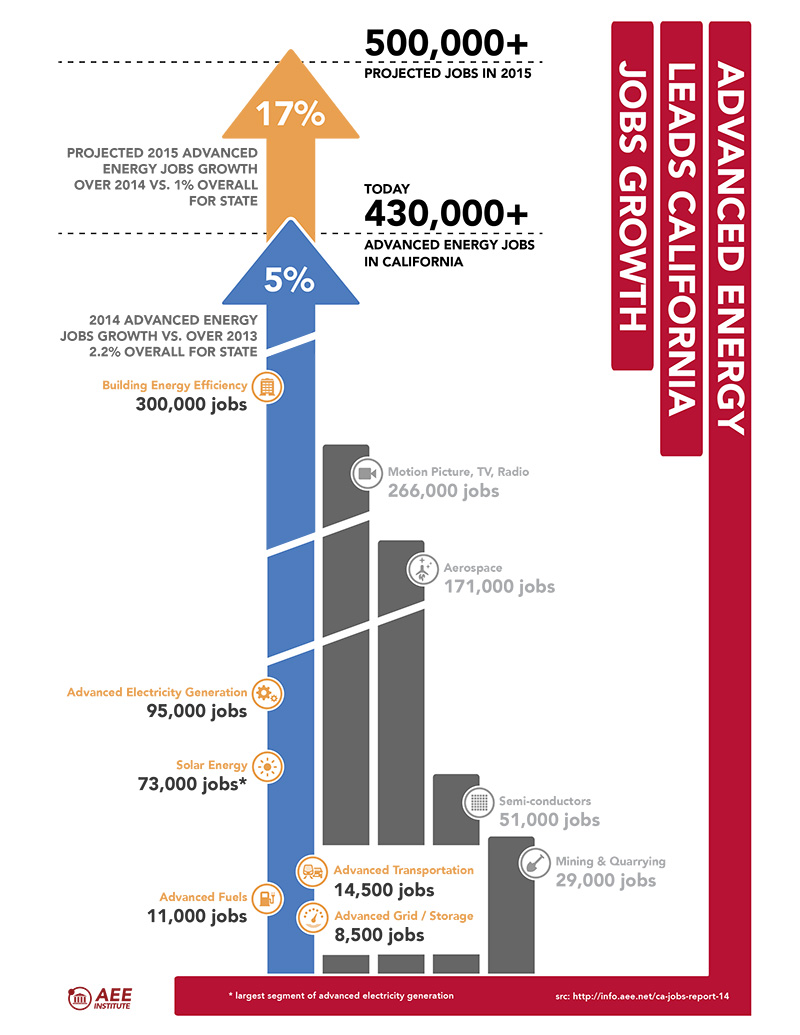 This week, advanced energy is a really, really big deal. Or, the industry is full of big business deals being made. First Solar partnered with Apple, Tesla sees stellar growth ahead, and a new report released by The Brattle Group confirms what most of us suspected – that the EPA’s Clean Power Plan will not threaten the reliability of the grid.
This week, advanced energy is a really, really big deal. Or, the industry is full of big business deals being made. First Solar partnered with Apple, Tesla sees stellar growth ahead, and a new report released by The Brattle Group confirms what most of us suspected – that the EPA’s Clean Power Plan will not threaten the reliability of the grid.
On Tuesday, Apple CEO Tim Cook announced the “biggest, boldest, and most ambitious project ever,” a partnership with First Solar to buy $850 million-worth of solar power. First Solar will build a new 130-megawatt solar power plant in Monterey County (Apple and First Solar are both members of AEE’s Leadership Council.) It is the single largest procurement deal for a private, non-utility company, and the resulting electricity generated will be enough to power all Apple stores in California, plus Apple’s corporate offices and a data center. In his article for Bloomberg Business, “What Apple Just Did in Solar is a Really Big Deal,” Tom Randall writes that Apple has been increasingly embracing advanced energy. The company already owns two completed 20-MW solar plants in North Carolina, with another in development. Apple’s data centers now run entirely on wind and solar power Randall writes, but Apple’s investment in solar isn’t an altruistic act.

 This week, advanced energy is a really, really big deal. Or, the industry is full of big business deals being made. First Solar partnered with Apple, Tesla sees stellar growth ahead, and a new report released by The Brattle Group confirms what most of us suspected – that the EPA’s Clean Power Plan will not threaten the reliability of the grid.
This week, advanced energy is a really, really big deal. Or, the industry is full of big business deals being made. First Solar partnered with Apple, Tesla sees stellar growth ahead, and a new report released by The Brattle Group confirms what most of us suspected – that the EPA’s Clean Power Plan will not threaten the reliability of the grid.

